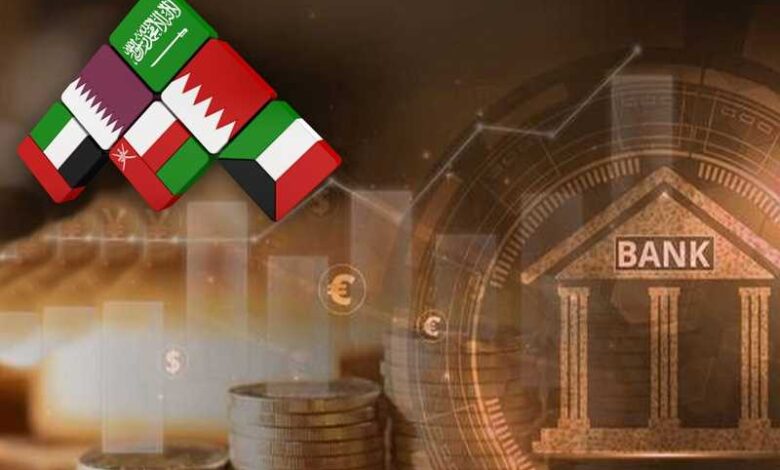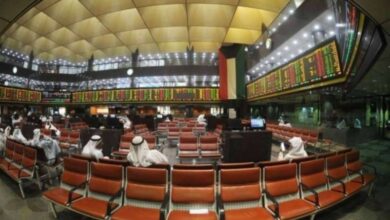
Standard & Poor’s credit ratings agency expected Gulf banks to maintain strong credit growth and profitability in 2024, but it expected a slight decline from 2023 levels, and suggested that the strong capitalization levels of the region’s banks would likely continue to support their creditworthiness in the current year, adding capital ratios are likely to strengthen in all Gulf banks except Saudi Arabia, which will record the fastest growth in 2024.
The agency said in a recent report that the Gulf banks must look to broad continuity across key banking metrics in 2024, and continue to be distinguished by good capitalization, strong profits, good provisions, and mostly strong liquidity.
According to the Standard & Poor’s report, the main risks that it believes may threaten the prospects of Gulf banks include the deteriorating geopolitical environment, exposure to high-risk markets (such as Turkey and Egypt), the volatility of oil prices, and large exposure to the real estate sector.
Expecting an acceleration of real GDP growth in all Gulf countries in 2024 with the exception of Bahrain, she indicated that the growth of the non-oil economy should remain particularly active in Saudi Arabia and the UAE, suggesting that interest rates in the countries of the region will remain high and begin to decline by 1% by The end of the current year, in line with the US Federal Reserve, and that inflation remains close to the target level and is contained until the end of 2024.
Despite the volatile movement of supply and demand for oil, the sources said, we expect crude prices to remain broadly stable in 2024 which will support the continuation of government financial spending. However, the continuing geopolitical tensions pose a threat to these expectations. In addition, the weaker-than-expected growth of the Chinese economy may pose risks to demand for oil and may weaken economic sentiment and lead to some financial pressures on Gulf countries with relatively high break-even prices.
The agency expected that the strong economic environment in the region would support demand for credit, and this would support profitability, but profit margins would likely begin to become narrower by the end of the year, a reflection of the delayed impact of expected interest rates and higher financing costs.
The sources added, that the quality of Gulf banking assets is relatively strong and we do not expect a significant deterioration in them, given the high levels of provisions. Gulf banks are often funded by strong local deposits, such as the UAE, Kuwait and Oman. Liquidity pressures may appear in externally supported banking systems, such as Qatar, and may rise as domestic financing grows more slowly than credit.
Standard & Poor’s indicated that the credit ratings of Gulf banks are close to an average of “A-” compared to the average credit ratings of international banks that are classified at the BBB level, explaining that the main factors in the strength of the credit ratings of Gulf banks lie in their strong capitalization and strong government support.
In addition, the agency considered that the exposure of some Gulf banks in Turkey and Egypt is high risk, and the total exposure is equivalent to about 7% of the assets of banks operating in these two countries, noting that the assets of Gulf banks operating in Turkey are estimated at about 105 billion dollars.













